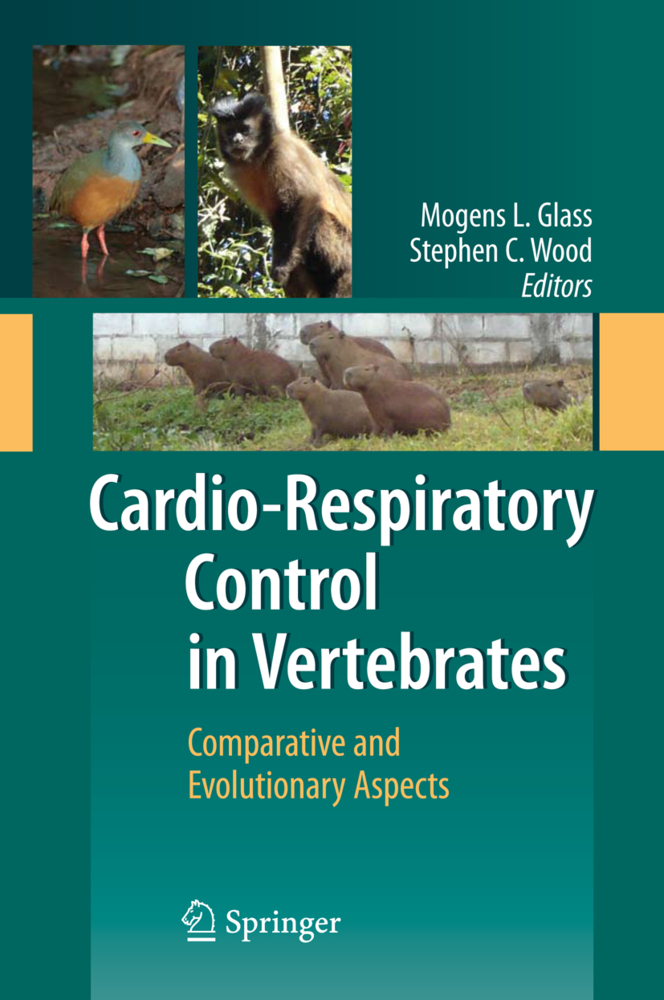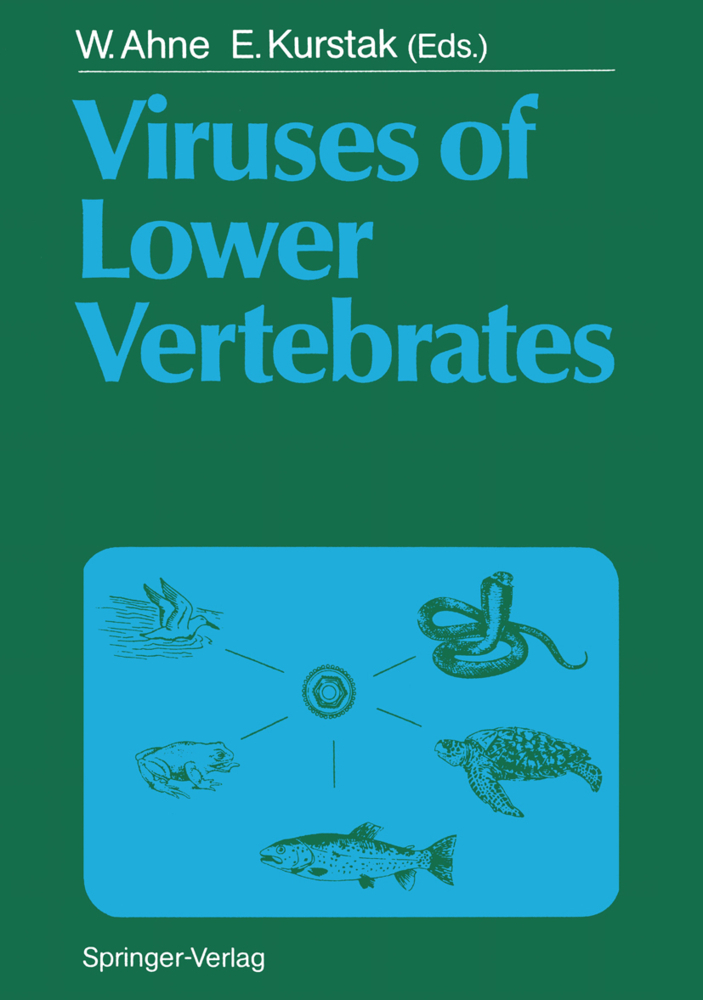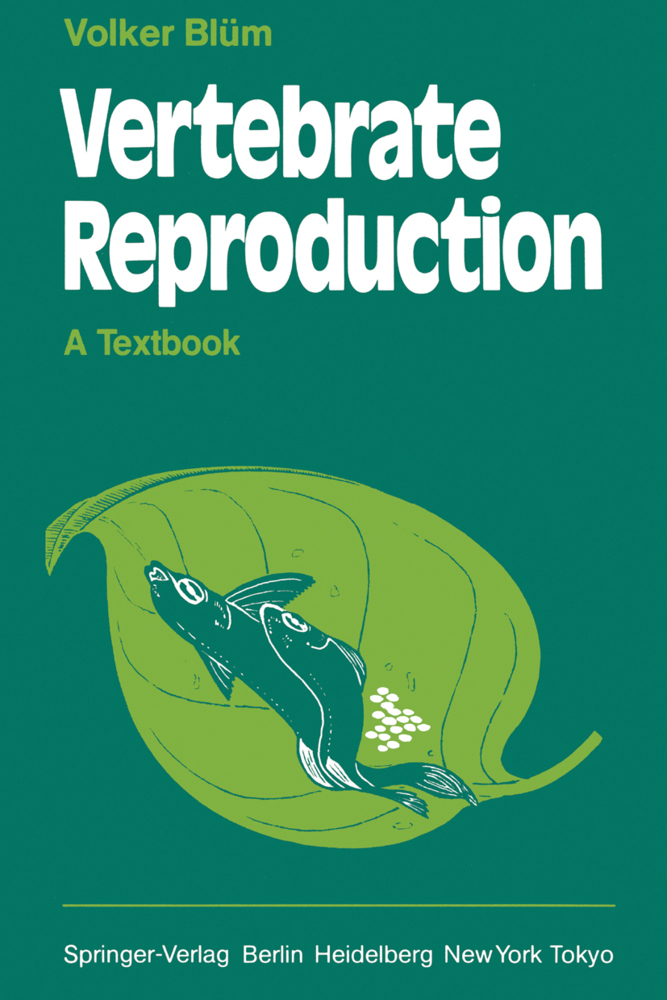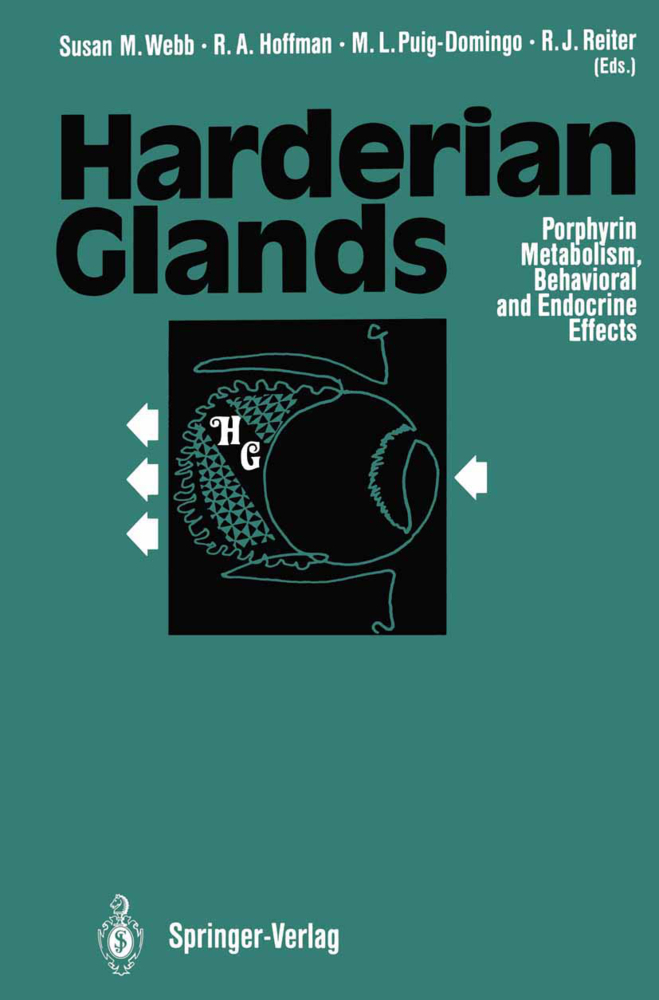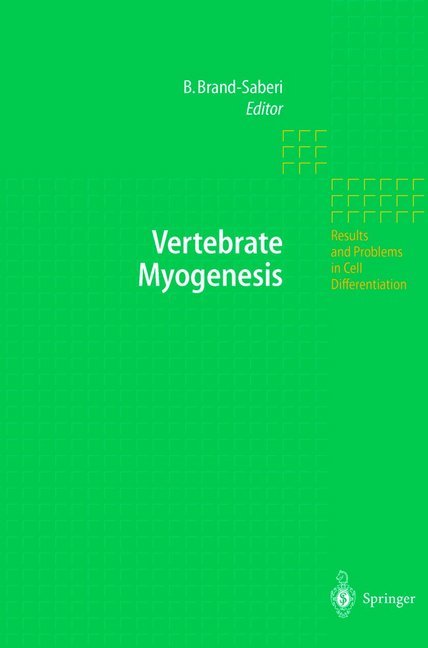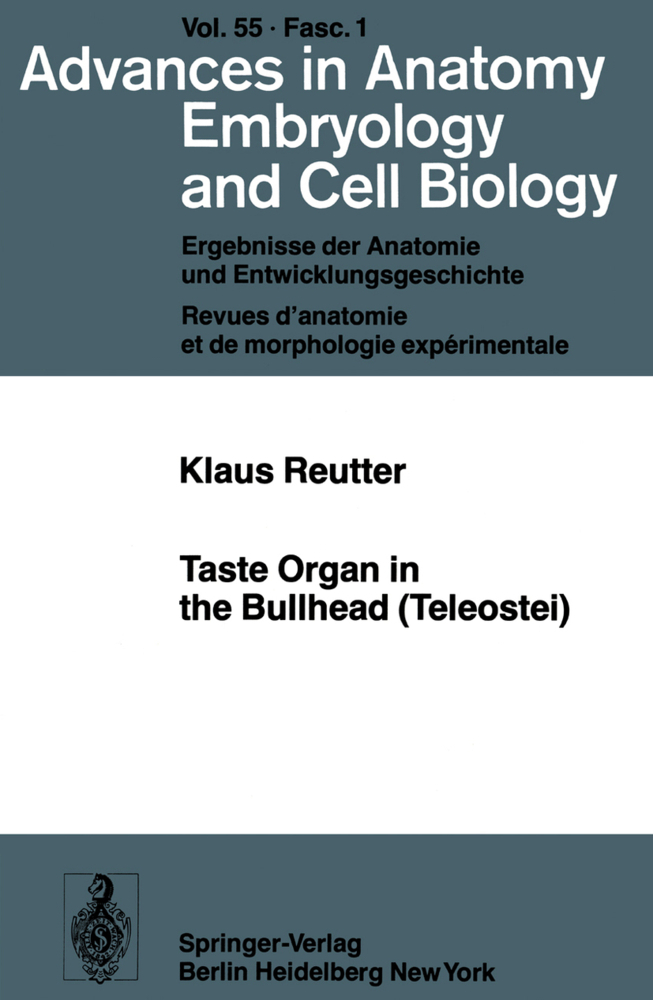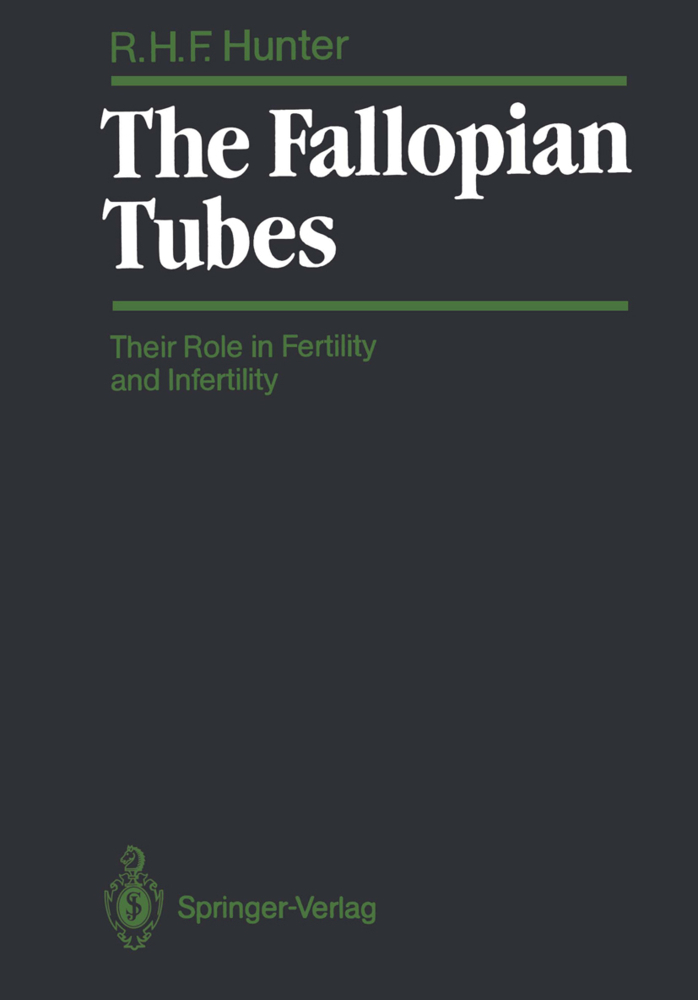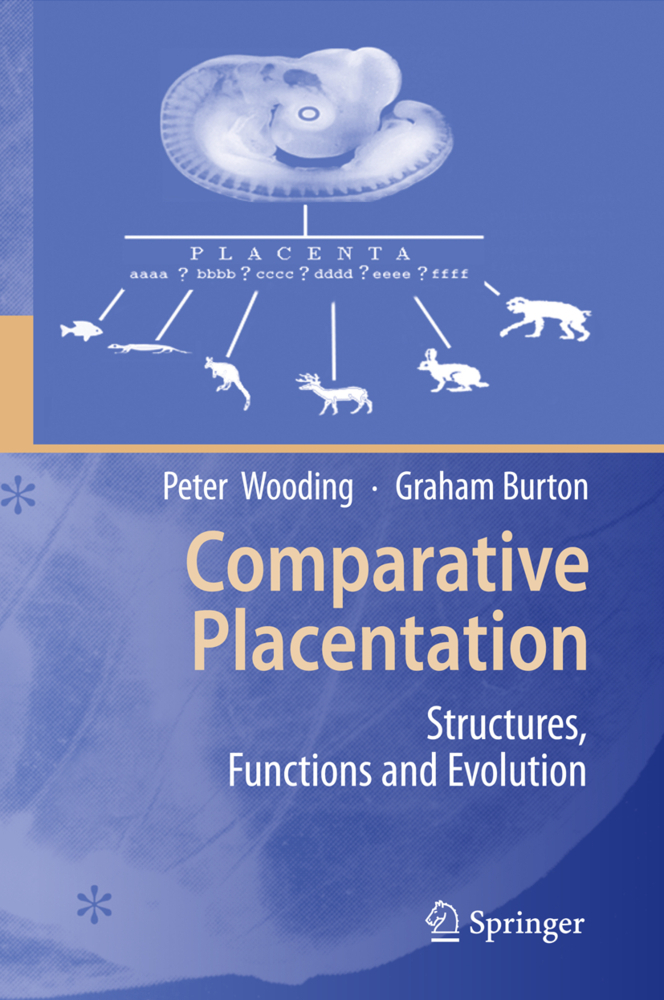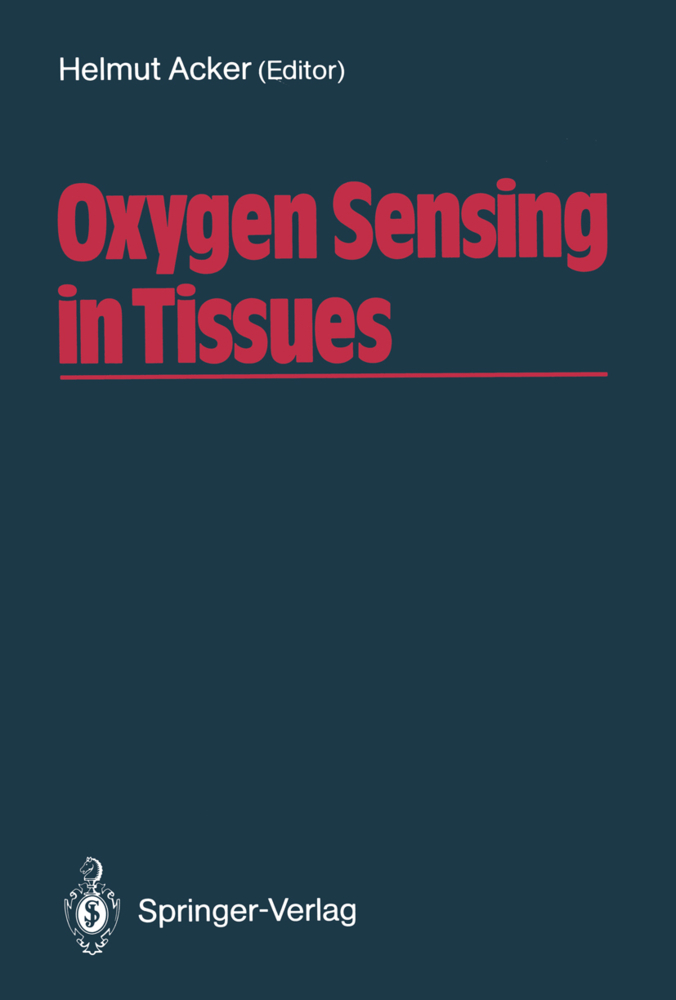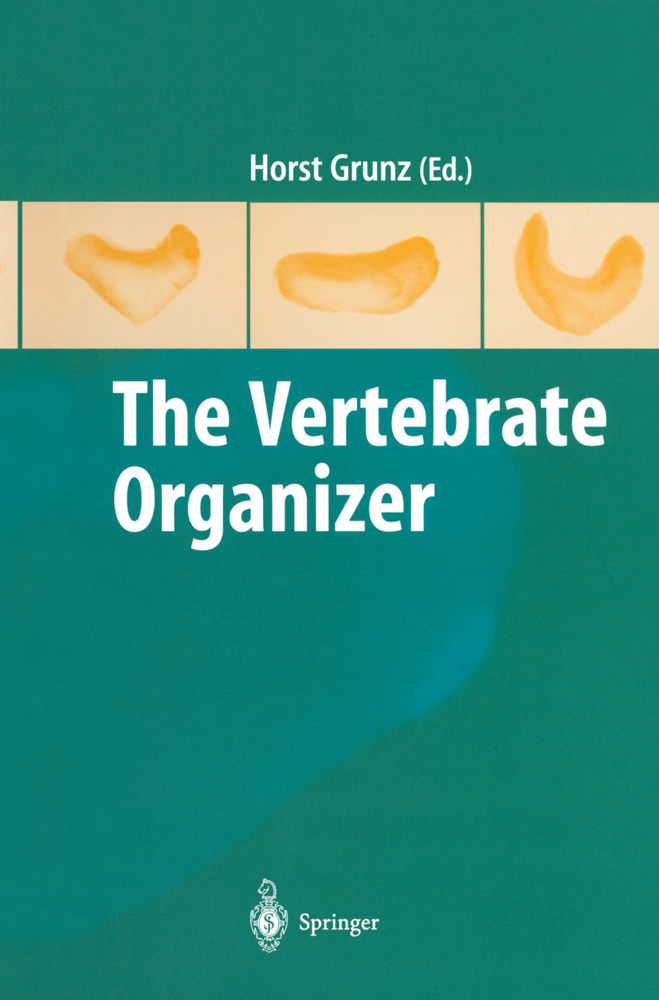Cardio-Respiratory Control in Vertebrates
Comparative and Evolutionary Aspects
Cardio-Respiratory Control in Vertebrates
Comparative and Evolutionary Aspects
Hopefully, this book will be taken off of the shelf frequently to be studied carefully over many years. More than 40 researchers were involved in this project, which examines respiration, circulation, and metabolism from ?sh to the land vertebrates, including human beings. A breathable and stable atmosphere ?rst appeared about 500 million years ago. Oxygen levels are not stable in aquatic environments and exclusively water-breathing ?sh must still cope with the ever-changing levels of O 2 and with large temperature changes. This is re?ected in their sophisticated count- current systems, with high O extraction and internal and external O receptors. 2 2 The conquest for the terrestrial environment took place in the late Devonian period (355-359 million years ago), and recent discoveries portray the gradual transitional evolution of land vertebrates. The oxygen-rich and relatively stable atmospheric conditionsimpliedthatoxygen-sensingmechanismswererelativelysimpleandl- gain compared with acid-base regulation. Recently, physiology has expanded into related ?elds such as biochemistry, molecular biology, morphology and anatomy. In the light of the work in these ?elds, the introduction of DNA-based cladograms, which can be used to evaluate the likelihood of land vertebrates and lung?sh as a sister group, could explain why their cardio-respiratory control systems are similar. The diffusing capacity of a duck lung is 40 times higher than that of a toad or lung?sh. Certainly, some animals have evolved to rich high-performance levels.
Gas Transport and Gill Function in Water-Breathing Fish
Patterns of Acid-Base Regulation During Exposure to Hypercarbia in Fishes
Buoyancy Control in Aquatic Vertebrates
Gas Exchange and Control of Respiration in Air-Breathing Teleost Fish
Effects of Temperature on Cardiac Function in Teleost Fish
Physiological Evidence Indicates Lungfish as a Sister Group to the Land Vertebrates
Aestivation in Amphibians, Reptiles, and Lungfish
Evolution of pulmonary mechanics and respiratory control
Trade-offs in the Evolution of the Respiratory Apparatus of Chordates
Environmental Selection Pressures Shaping the Pulmonary Surfactant System of Adult and Developing Lungs
Midbrain Structures and Control of Ventilation in Amphibians
Comparative Aspects of Hypoxia Tolerance of the Ectothermic Vertebrate Heart
Control of the Heart and of Cardiorespiratory Interactions in Ectothermic Vertebrates
The Endocrine-Paracrine Control of the Cardiovascular System
Stoking the Brightest Fires of Life Among Vertebrates
Respiratory Physiology of Birds: Metabolic Control
Prenatal Development of Cardiovascular Regulation in Avian Species
Control of Breathing in Birds: Implications for High-Altitude Flight
Mammalian and Human Physiology
Peripheral Chemoreceptors in Mammals: Structure, Function and Transduction
Central Chemosensitivity in Mammals
Human Exercise Physiology.
Control of Respiration in Aquatic Vertebrates
Overview of the Respiratory SystemGas Transport and Gill Function in Water-Breathing Fish
Patterns of Acid-Base Regulation During Exposure to Hypercarbia in Fishes
Buoyancy Control in Aquatic Vertebrates
Gas Exchange and Control of Respiration in Air-Breathing Teleost Fish
Effects of Temperature on Cardiac Function in Teleost Fish
Physiological Evidence Indicates Lungfish as a Sister Group to the Land Vertebrates
Aestivation in Amphibians, Reptiles, and Lungfish
Evolution of pulmonary mechanics and respiratory control
Trade-offs in the Evolution of the Respiratory Apparatus of Chordates
Environmental Selection Pressures Shaping the Pulmonary Surfactant System of Adult and Developing Lungs
Midbrain Structures and Control of Ventilation in Amphibians
Comparative Aspects of Hypoxia Tolerance of the Ectothermic Vertebrate Heart
Control of the Heart and of Cardiorespiratory Interactions in Ectothermic Vertebrates
The Endocrine-Paracrine Control of the Cardiovascular System
Stoking the Brightest Fires of Life Among Vertebrates
Respiratory Physiology of Birds: Metabolic Control
Prenatal Development of Cardiovascular Regulation in Avian Species
Control of Breathing in Birds: Implications for High-Altitude Flight
Mammalian and Human Physiology
Peripheral Chemoreceptors in Mammals: Structure, Function and Transduction
Central Chemosensitivity in Mammals
Human Exercise Physiology.
Glass, Mogens L.
Wood, Stephen C.
| ISBN | 978-3-642-42587-5 |
|---|---|
| Artikelnummer | 9783642425875 |
| Medientyp | Buch |
| Copyrightjahr | 2014 |
| Verlag | Springer, Berlin |
| Umfang | XII, 546 Seiten |
| Abbildungen | XII, 546 p. |
| Sprache | Englisch |

